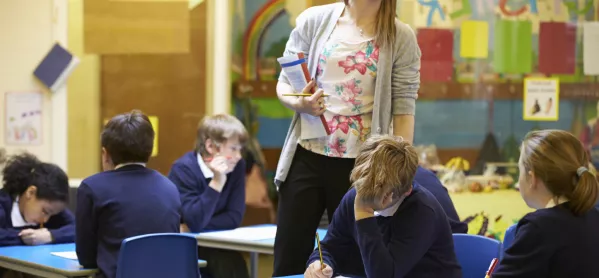Writing assessments in the key stage 2 Sats this year suggest more consistency between local authorities in the way they have been moderated compared with 2016.
The confusion over writing and the lack of confidence in the moderation process last year - the first year of the new system - led to the government then saying that the writing data alone would not be used to judge schools, something that is continuing this year.
This year, 71 per cent of pupils achieved the expected standard in reading and 76 per cent achieved the expected standard in writing, up from 66 per cent and 74 per cent respectively last year.
And the correlation between pupils’ reading and writing results in the KS2 Sats has also improved this year, according to a blogpost published by Education Datalab today.
Last year, Education Datalab highlighted the fact that some local authorities had very high writing scores, taking into account their reading performance, and others had comparatively very low writing scores. It said that this low level of correlation between scores pointed towards a lack of consistency in moderation of writing across authorities.
‘Greater consistency’
After the concerns were raised, new training and tests were brought in for moderators. This year, the correlation between reading and writing is much higher.
“The results in reading and the results in writing are more consistent,” Dave Thomson, chief statistician at Education Datalab, said. “That effectively means greater consistency in the way schools are doing teacher assessment - which could be down to a number of factors.”
The correlation between reading and writing scores last year was 0.35; this year it has risen to 0.71 (where 1.0 would equal a perfect correlation).
Today’s blogpost also says that London local authorities are very strong in maths compared with reading, and that the North East remains the highest attaining region when looking at the proportion of pupils gaining the expected standard in reading, writing and maths.
The variation between local authorities in terms of how pupils perform in reading and writing is still wider than it is for maths or spelling, punctuation and grammar (Spag) - a different pattern than was the case under the previous Sats system, when there was less variation in reading and writing results than in the other subjects.
The way that writing is assessed could change in 2018, as the government suggested in its consultation on primary assessment earlier this year that the current system of “secure fit” could be replaced by a “best-fit” approach.
Want to keep up with the latest education news and opinion? Follow Tes on Twitter and like Tes on Facebook




